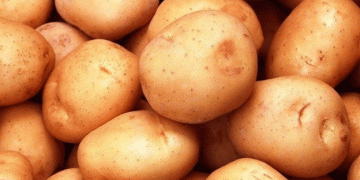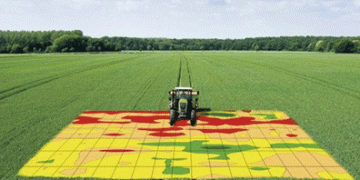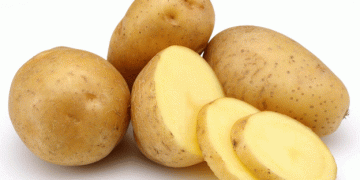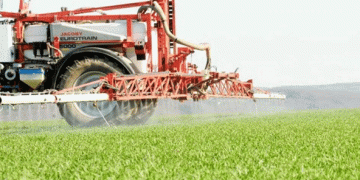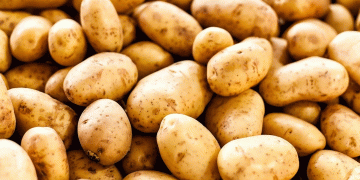Measures against brown rot in the provinces of Antwerp and Limburg
Brown rot is a disease caused by the bacterium Ralstonia solanacearum and mainly affects potato cultivation. This bacterium has already been found in watercourses in the provinces of Antwerp and Limburg and unfortunately can no longer be eradicated there.
Due to the risk of contamination of potato cultivation via surface water, growers from certain municipalities in these provinces are obliged to take protective measures. The bacteria only affects certain plant species and is not transferred to humans.
100,000 hectares, that is the area on which potatoes are grown in Belgium. The FASFC, in collaboration with the regions and the growers, closely monitors these crops in order to detect outbreaks of quarantine pests at an early stage and, if necessary, eradicate them. In 2019, the FASFC took 2,567 samples that were analyzed as part of this monitoring.
Belgian potato cultivation has remained free of brown rot in recent years, but the bacterium Ralstonia solanacearum is still present in watercourses in the provinces of Antwerp and Limburg. It is impossible to eradicate this bacteria in surface water. The only way to prevent outbreaks in potato cultivation is therefore to strictly apply the protective measures. When the bacterium is discovered in potatoes (both seed and ware potatoes), in addition to other measures, a ban on planting these lots is imposed and it is mandatory to process these lots only under quarantine conditions. If these obligations are not complied with, the potatoes can be destroyed.
Mandatory protective measures
All potato growers from the 45 municipalities involved (PDF) must comply with protective measures. Under no circumstances may they use surface water for irrigation or other purposes for the cultivation of potatoes, tomatoes and aubergines.

In addition to protective measures, any cultivated plot with an area of more than 10 ares must also be declared. Since this year, a declaration to the FASFC is no longer necessary if the grower has already done so to the Flemish Region in the context of the CAP premiums (no protection zones apply for the Walloon Region).
Click here for more information about the mandatory protective.
Potato growers can contact the FASFC via the Local Control Unit (LCE) under which they fall.
All growers involved are obliged to strictly adhere to these measures. They can otherwise be held fully liable in the event of contamination. In that case, the right to compensation may be jeopardized (Royal Decree of 5 December 2004 establishing the temporary crisis contributions owed by potato producers to compensate losses as a result of measures against harmful organisms).

Symptoms may appear at any plant age and include wilting and yellowing of leaves and stunting of plants. Disease may be severe in young, succulent plants and may appear as rapid wilting of leaves and collapse of stems. Initially, only one stem may wilt. If conditions are optimal, all the leaves in a hill may wilt quickly but remain green. Stems may appear streaked as infected vascular bundles become visible.
Tuber vascular tissue is usually a distinct grayish brown, and the discoloration may expand into the pith or cortex. Tuber eyes turn grayish brown, and a sticky exudate may form at the eyes or where the stolon is attached to the tuber. Eventually, infected tubers left in the ground will turn into a slimy mass surrounded by a thin layer of outer tissue and periderm
Source: FASFC



